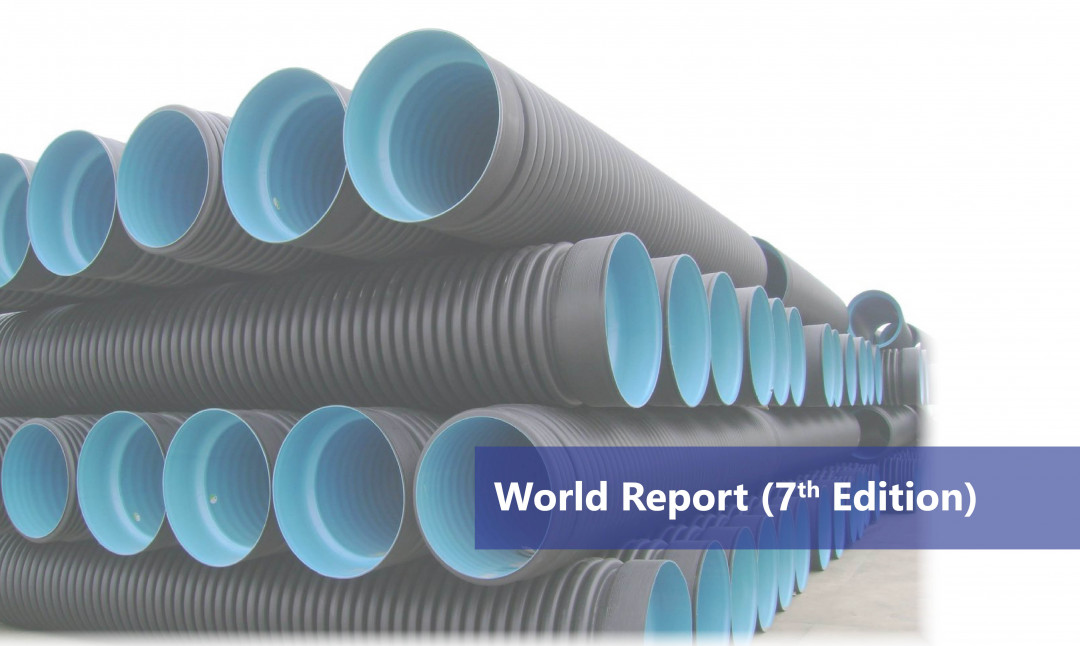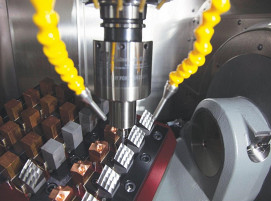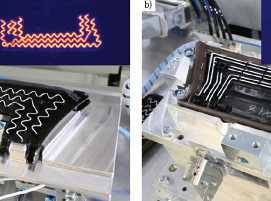
Light at the End of the Pipe
Distributors and manufacturers of plastic pipes are once again seeing a slight increase in demand. Ceresana has analyzed the global market for pipes, pipe components and fittings made of PVC, polyethylene and other polymers for the seventh time. The latest edition of the market study shows that after two years of stagnation, sales of plastic pipes are on the rise again. Market researchers are also optimistic about the future: This branch of the construction industry is expected to grow by around 3.2 % per year until 2033.
Expanding demand for plastic pipes
However, demand for plastic pipes varies from region to region: In Western Europe, demand is still facing a somewhat longer lean spell; in China, the construction sector is struggling to surpass its previous highs. In North America, on the other hand, sales of plastic pipes are growing faster: The USA is investing in the renovation of its infrastructure and is replacing old lead drinking water pipes with plastic products for appr. USD 15 billion, for example. Worldwide, the plastic pipe market report registers the highest growth in the drinking water and agriculture sectors. For the agricultural sector alone, Ceresana expects demand for plastic pipes to increase by around 4.2 % per year until 2033. New pipelines are also used for the construction of hydrogen networks or as cable protection for fiber optic and electricity networks.
Plastics for all applications
From civil engineering to buildings and industrial plants: each application area for pipes requires the right type of plastic. The markets for heat-resistant PP pipes made of polypropylene and for the collective category “pipes made of other plastics” are currently experiencing particular growth. These include, for example, highly impact-resistant and temperature-resistant ABS pipes made from the engineering plastic acrylonitrile butadiene styrene. Robust PE pipes made of polyethylene prove their worth in gas pipelines and industrial applications. The abbreviation PE-X, also known as XPE or XLPE, stands for “three-dimensionally cross-linked high-density polyethylene”. However, traditional PVC pipes made of polyvinyl chloride are still being installed in large quantities, for example as wastewater pipes. PVC is often chlorinated to improve its flexibility and heat resistance (PVC-C or CPVC). Recycled plastics and bioplastics are being utilized with growing frequency as feedstock materials in pipe manufacturing processes.
Global market study on plastic pipes
Chapter 1 provides a description and analysis of the global market for plastic pipes – including forecasts until 2033: For each region of the world, revenue (in USD and EUR) as well as production of and demand (in t) for plastic pipes are broken down.
Chapter 2 looks at the largest national markets individually: Sales, imports and exports of plastic pipes in the 16 most important countries.
The production and demand volumes are stated separately for the different types of plastic:
- Polyethylene (PE)
- Polypropylene (PP)
- Polyvinyl chloride (PVC)
- Other plastics
In addition, demand (in 1,000 t) and revenue (in millions of USD) are shown for each country, split by the individual application area:
- Sewage disposal
- Potable water supply
- Cable protection
- Gas supply
- Agriculture
- Industry
- Other Applications
Chapter 3 provides useful company profiles of the largest plastic pipes producers – clearly organzied by contact details, revenues, profit, product range, production sites and profile summary. Detailed profiles are provided by 66 manufacturers, such as Aliaxis S.A., Aalberts N.V., Atkore Inc, China Lesso Group Holdings Ltd, Geberit AG, Georg Fischer AG, Orbia Advance Corporation S.A.B de CV, Nan Ya Plastics Corp., and Wienerberger AG.
Plastic Pipes – World 7th Edition
(Source: Ceresana)
Schlagworte
EconomyJoining PlasticsMarket StudyPlastic PipesStudy






![Joining Plastics [EN]](/images/frontend/journals/joining-plastics_sm.png)
